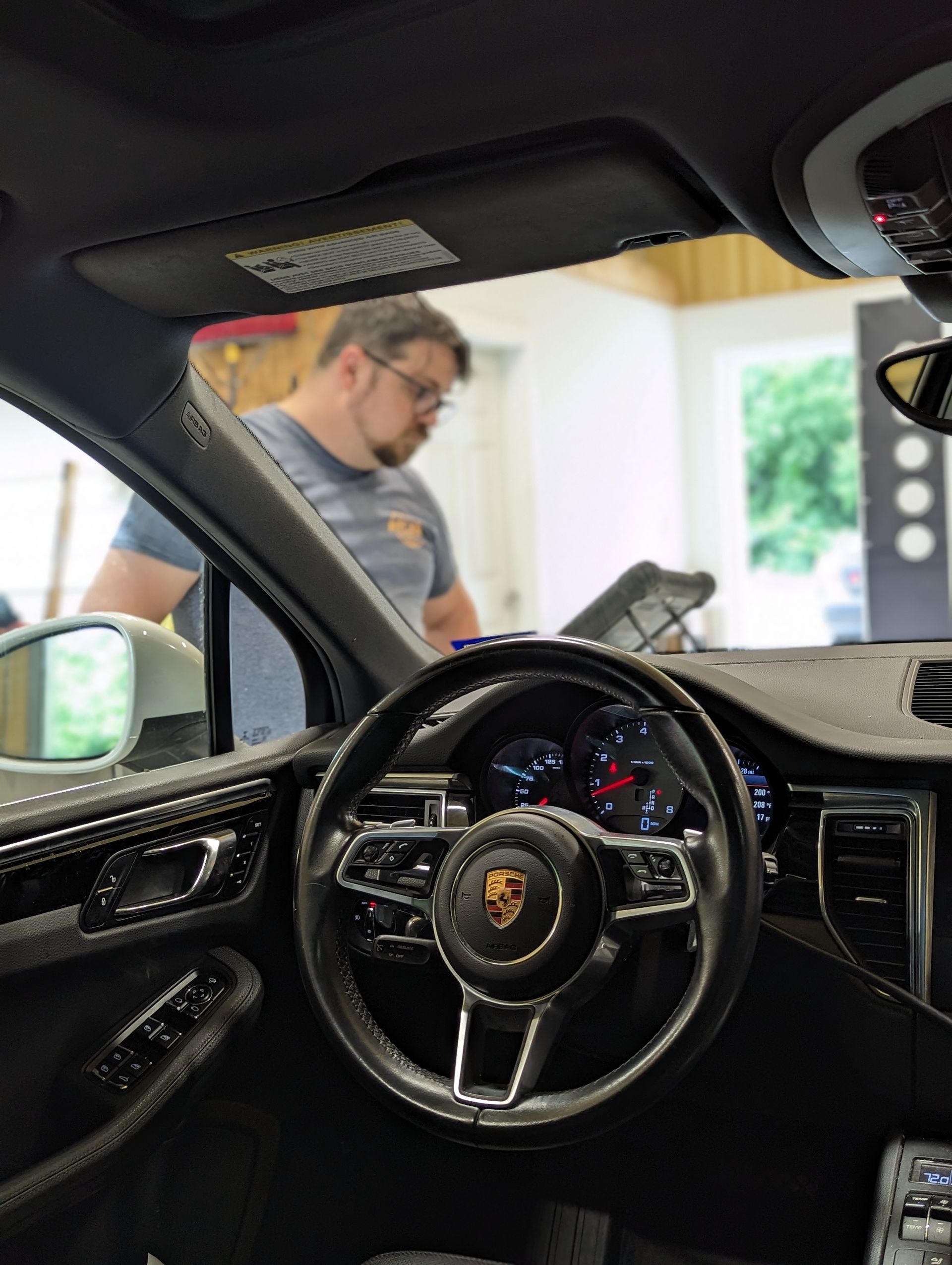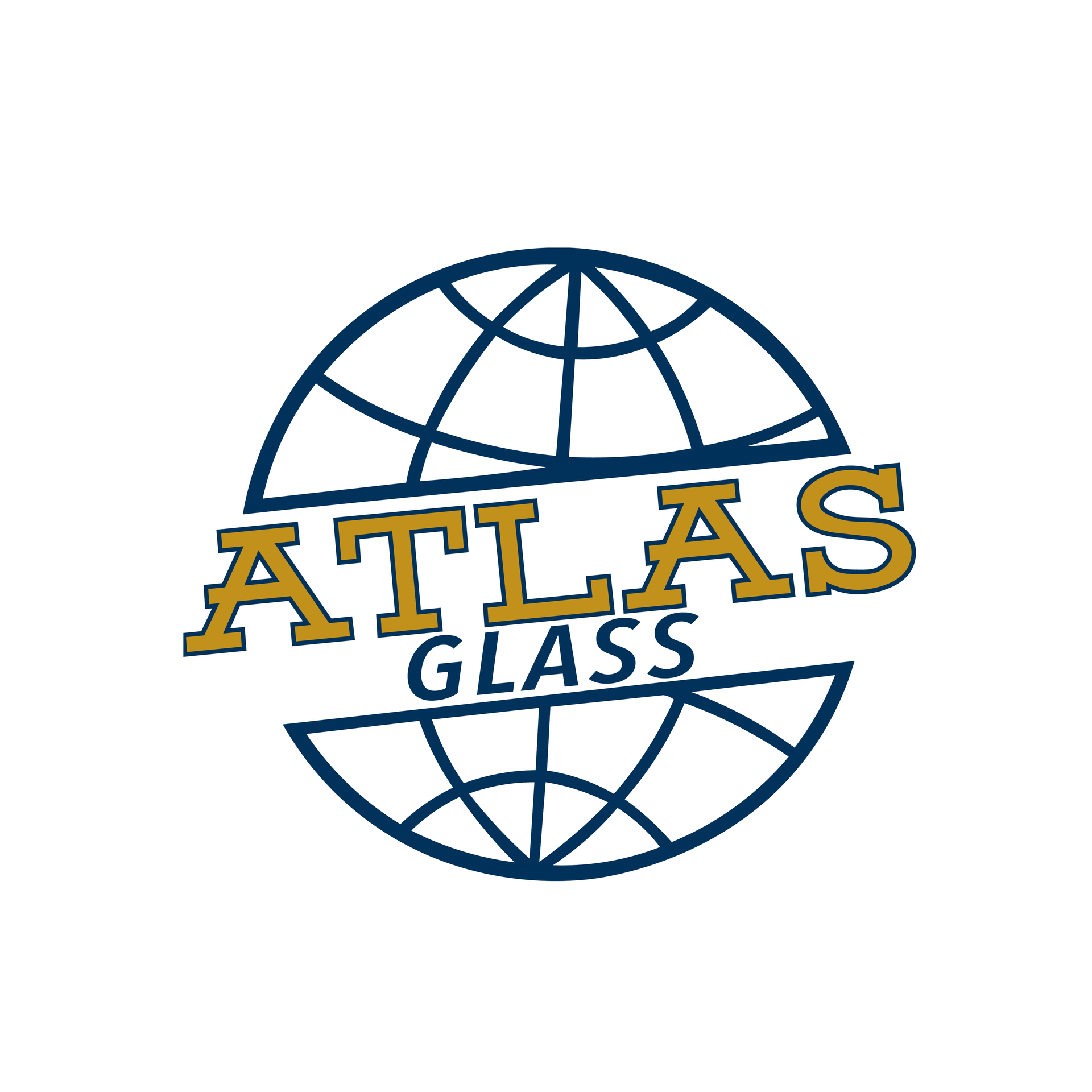Advanced Driver Assist Systems (ADAS) Calibration
Is there a forward-facing camera connected to your windshield?
The forward-facing camera is an integral part of your vehicle's advanced driver assistance systems (ADAS), designed to keep you and your vehicle safe on the road. These systems help prevent accidents and keep your vehicle within its lane. It is essential to recalibrate the camera after a windshield replacement or any movement of the camera.

Recalibrating your vehicle's cameras is crucial for several reasons:
- Optimal Performance: ADAS relies on accurate data from various sensors and cameras to function effectively. Recalibration ensures that these components are properly aligned, allowing the system to perform optimally and provide reliable information.
- Safety: ADAS features such as lane departure warning, automatic emergency braking, and adaptive cruise control contribute to overall safety on the road. If the cameras are not correctly calibrated, these systems may not operate as intended, potentially compromising your safety and that of others.
- Accurate Information: Cameras are integral to providing real-time information about the vehicle's surroundings. If the cameras are misaligned, the system may misinterpret data, leading to inaccurate warnings or interventions. Recalibration ensures that the information received is precise and reliable.
- Preserving Vehicle Value: Many modern vehicles come equipped with advanced safety features, including ADAS. Proper maintenance, including regular recalibration, helps preserve the functionality of these systems, which can positively impact the overall value of your vehicle.
- Manufacturer Recommendations: Vehicle manufacturers often recommend recalibration after certain events, such as windshield replacements or significant repairs, to maintain the accuracy and reliability of ADAS features. Following these recommendations helps ensure that your vehicle meets safety standards.
- Insurance Compliance: In some cases, insurance coverage for ADAS-related repairs or replacements may be contingent on proper recalibration. Failing to recalibrate after a relevant service could impact your ability to claim insurance benefits.
- Legal Compliance: In some regions, there may be legal requirements or regulations regarding the proper functioning of safety systems in vehicles. Ensuring that your cameras are correctly calibrated helps you stay compliant with these regulations.
In summary, recalibrating your vehicle's cameras is vital for maintaining the functionality and effectiveness of ADAS features, enhancing both your safety and the overall performance of your vehicle. It is advisable to follow manufacturer guidelines and schedule recalibration after pertinent events like windshield replacements or camera movements to guarantee your vehicle's compliance with safety standards and legal requirements.
01
Dynamic Calibration
Requires driving the vehicle at a set speed on well-marked roads to recalibrate the camera system. Typically takes up to one hour or more, depending on the make and model of the vehicle.
02
Static Calibration
Requires a specific target image mounted on a fixture in front of the vehicle during the recalibration process. Typically takes up to one hour or more, depending on the make and model of the vehicle.
03
Dual Calibration
Different manufacturers require either a static or dynamic process and for some vehicles, both are required.
Request a Quote
ADAS Calibration Form
We will get back to you as soon as possible.
Please try again later.
All Rights Reserved | Atlas Auto Glass LLC
